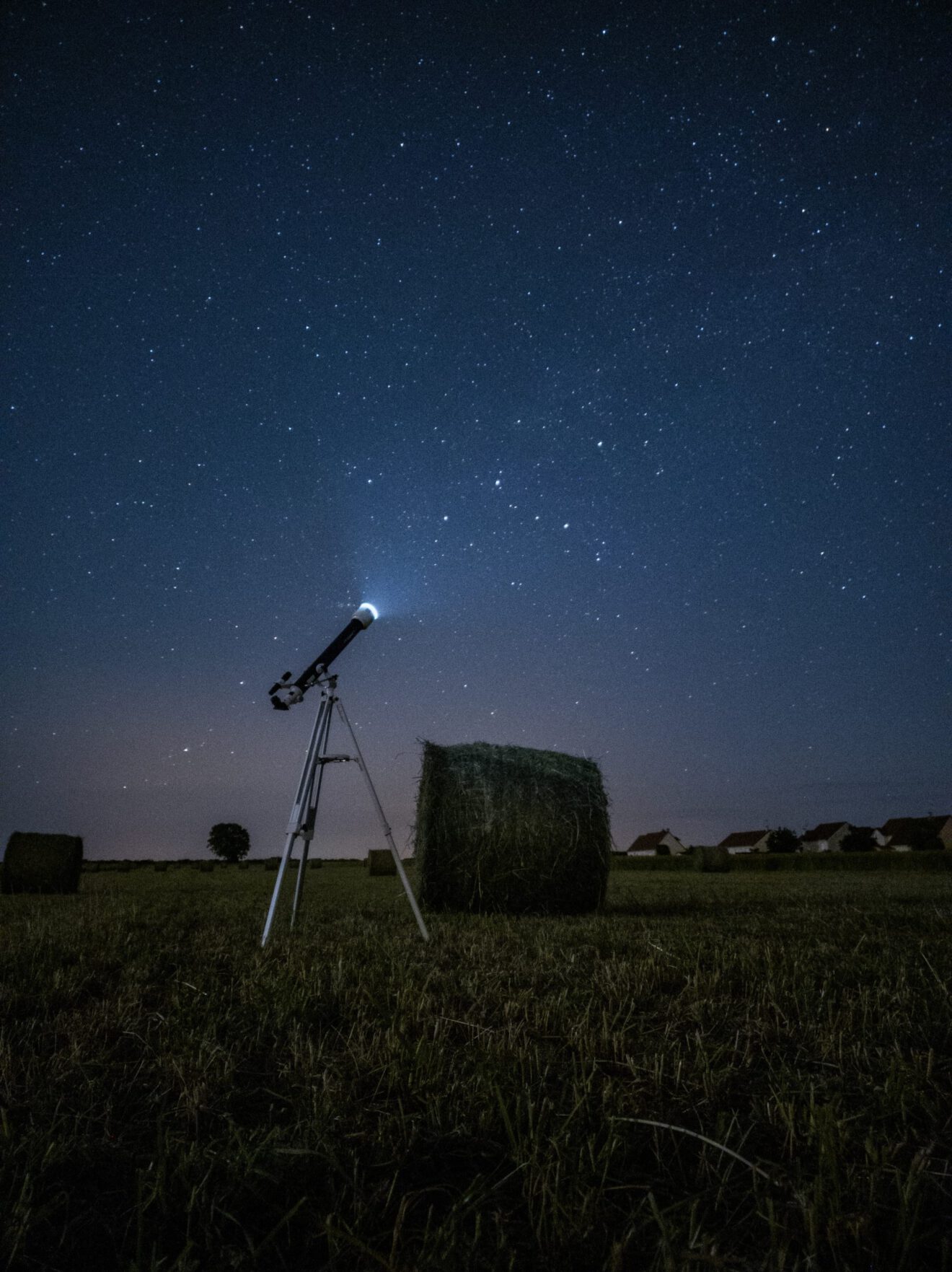STEM specialist and space enthusiast Nicollette LeTellier shares the importance of incorporating space education into a STEM curriculum, especially with young learners. She shares three ways she teaches students about important space concepts while engaging them in interactive, hands-on learning.
As an elementary school STEM teacher, I am always searching for new ways to introduce real-world science that is both relevant and exciting for my K-5 students. I attend many classes during the school year, as well as workshops during the summer vacation months, to develop an engaging curriculum.

In my experience, there’s always one topic that seems to get my students’ attention – space!
Since becoming a teacher 18 years ago, I have been passionate about space science and exploration and have found my students are naturally curious, too, as they are eager to learn and explore the world around them.
Students are also excited to hear about new developments in the space world — my students have even followed the developments of NASA, SpaceX and Blue Origin over the past years to witness private citizens enter into space exploration. They are living in the new space race as humans return to the moon and develop programs to explore Mars, after all, so it makes sense that space education resonates with them so much.
Whether it is teaching young students about star patterns, energy in our solar system, Earth and human activity, or the use of satellites, it is important to inspire students’ passion and curiosity of space in an interactive way. Below are three of my favorite ways to do this.
Exploring space with online telescopes
Using online telescopes has enriched my space teaching while introducing students to important astronomy concepts. I was first introduced to Slooh, creator of The Online Telescope, after our district partnered with the West Sound STEM Network and received a Northwest Earth & Space Sciences Pathways grant from NASA.
The online telescopes enable students to explore and analyze more than 1,000 real-world space objects and events right from their own computers. Students even have the opportunity to control the network of professional-grade online telescopes, just like real astronomers, as well as engage in gamified learning by earning points as they complete various quests focused on astronomy-based topics.
The quests are experiential space education activities aligned to the Next Generation Science Standards and Common Core educational standards in English language arts that use the online telescopes to teach students about various STEAM topics. As students complete the quests, they can create poster-size infographics that showcase the images they captured using the telescopes.
I’ve used the online telescopes extensively with more than a hundred fourth- and fifth-grade students in our school’s astronomy club. Students of all academic levels can utilize the technology to explore and analyze specific objects in space that interest them, as well as dig deeper into learning about different aspects of astronomy.
To make the learning experience more interdisciplinary, I’ll often integrate art, photography, science fiction reading/writing, mathematical concepts and cultural stories with the space lessons to provide students with a true STEAM experience.
Hands-on space education with rockets
I’ve also used Estes rockets as part of my space teaching to help students study how individuals can survive space travel and potentially travel to other planets.
First, through a series of Next Generation Science Standards-aligned lessons, students learn about the history of rocket design from ancient China and fireworks to the 20th-century space race between the US and Russia to finally the new space race to commercialize space for all humans.
Then students get to launch the physical rockets as the culminating activity. This helps them learn about the transfer of energy, which is our basis for learning about rocket science, in a hands-on way. It’s been a great — and engaging — way to enhance our space studies.
Exploring the engineering design process
The Jet Propulsion Laboratory’s “Mission to Mars” unit is another way I like provide space education to students. Within this 10- to 12-lesson unit incorporating art and engineering, students first design habitats to live on Mars. They design a mission patch for their team with computer design or artistic drawings, decide who can live and work in space for a long period of time, and finally create a Mars lander that could successfully “land” on the planet. The lessons emphasize teamwork and collaboration.
Students also learn about the engineering design process when they build the prototype for the Mars lander, which has a Pringles (yes, the potato chip!) astronaut who needs to survive impact.
We typically drop the landers from playground equipment, but this year we would like to design a launcher to increase the velocity upon landing. This activity is always a favorite one of students, as they absolutely love building and testing their designs.
For me, I love finding new ways to motivate my students through science teaching. I want them to always think about how we all can contribute to making our world a better place. I want them to consider careers in STEM fields. I want them to become future leaders and dreamers who will take care of our planet.
I know that teaching about space is one important way to make all of this a reality.
Nicollette LeTellier is a STEM specialist at Swift Water Elementary School in Gig Harbor, Wash., where she uses Slooh’s Online Telescope, Estes rockets, among other tools.
Opinions expressed by SmartBrief contributors are their own.
_________________________
Subscribe to SmartBrief’s FREE email newsletter to see the latest hot topics on EdTech. It’s among SmartBrief’s more than 250 industry-focused newsletters.
